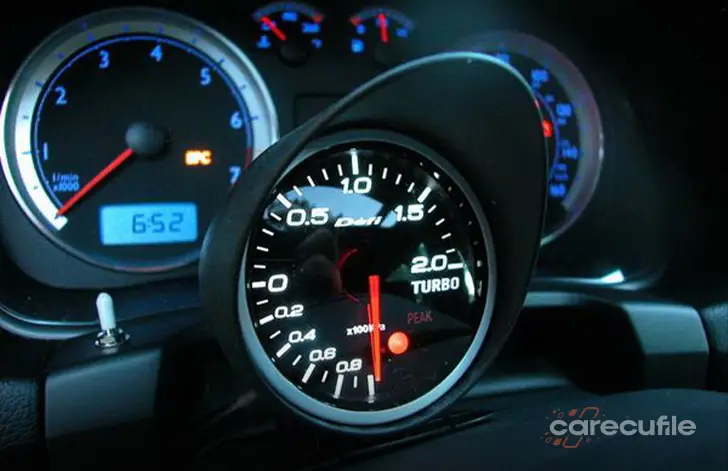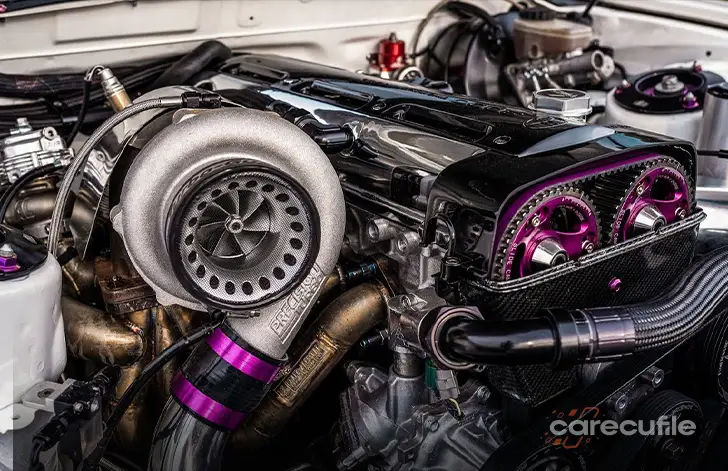Differences Between Atmospheric and Turbo Engine
Differences Between Atmospheric and Turbo Engine
The atmospheric system is the system that transmits only the air it receives from the atmosphere to the engine without a different pressure. In the turbo, by using the exhaust gases together with the turbine, you can increase this pressure much more and transmit more air into the engine. This means that it reaches more power.
Transition from Atmospheric Engine to Turbo
Now, when we look at it now, most of the manufacturers have switched from atmospheric engines to turbo engines. The atmospheric engine is now produced in a limited number of brands. Nowadays, turbo system is used in most vehicles. There are also reasons for this. In particular, it is to reduce the emission values and fuel consumption of the vehicle. Let's consider two gasoline engines of equal liters, and these are turbo and atmospheric. The turbocharged engine will have more torque, even if they are in the same liter. This will also provide more advantages for daily use.
Turbo Lag
At lower revs, the reaction of the turbo engine remains slightly heavier compared to the atmospheric engine. This delay is also called turbo lag. In order to prevent this delay in the new generation vehicles of the upper segment, the electronic turbo system has been developed. In this way, no matter how much the delay is reduced, they cannot produce a reaction as lossless as atmospheric ones. Another reason that those who prefer atmospheric are told is the exhaust sound. In turbos, the exhaust gas leaves the engine and goes to the turbo, making less noise than when it hits the turbine located there. In the atmospheric, on the other hand, it can take the engine sound directly out, since there is no place for the exhaust gas to hit after the manifold. This is also a situation that some drivers like.
















